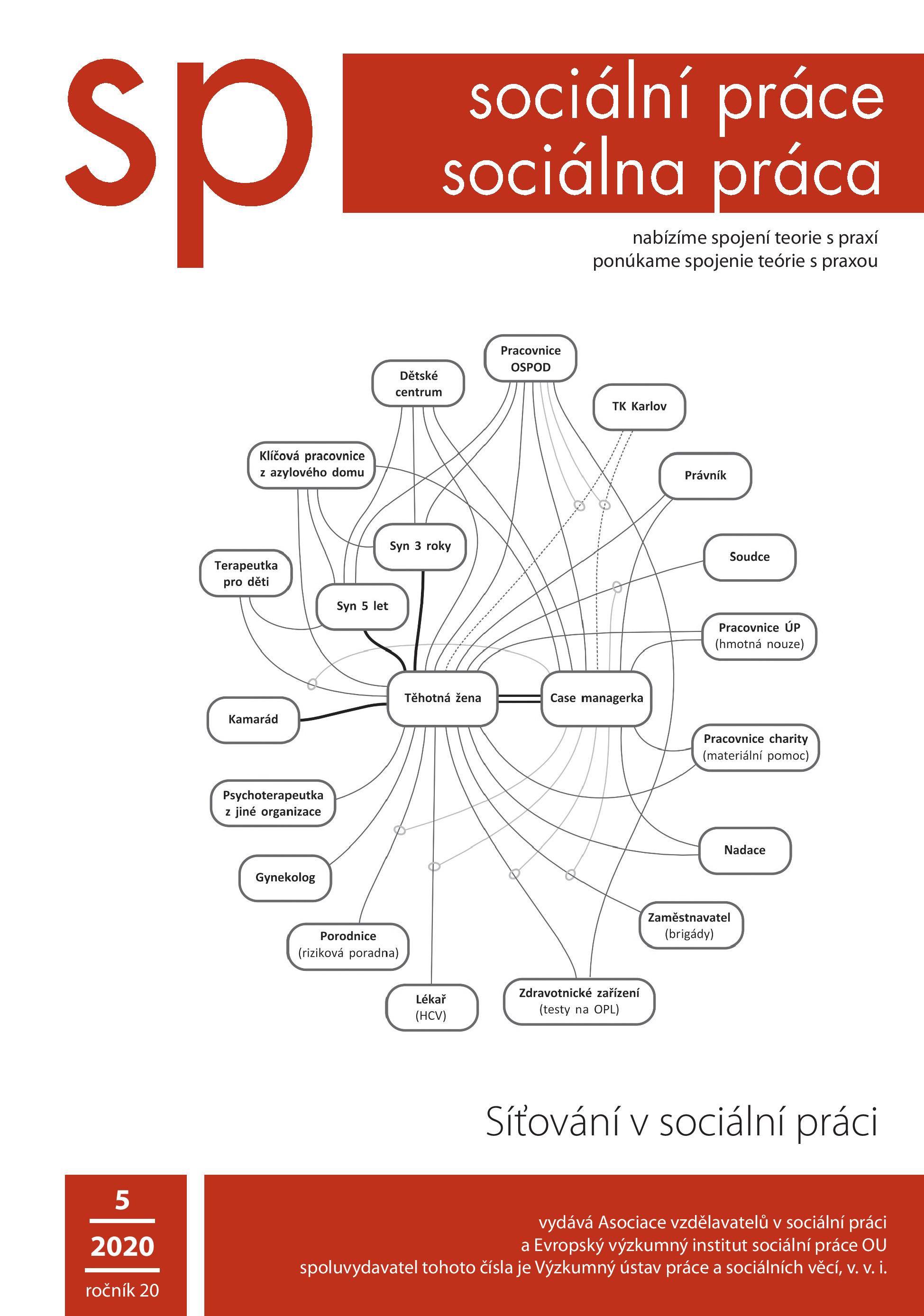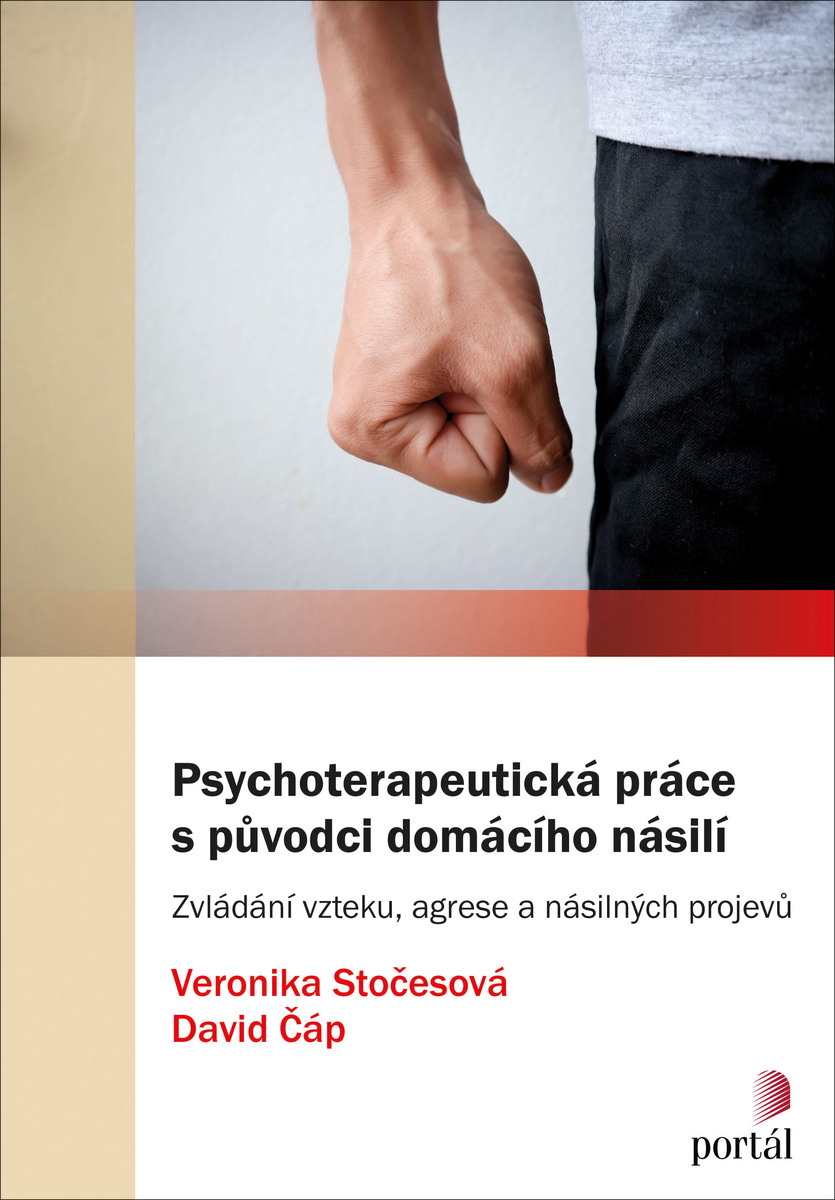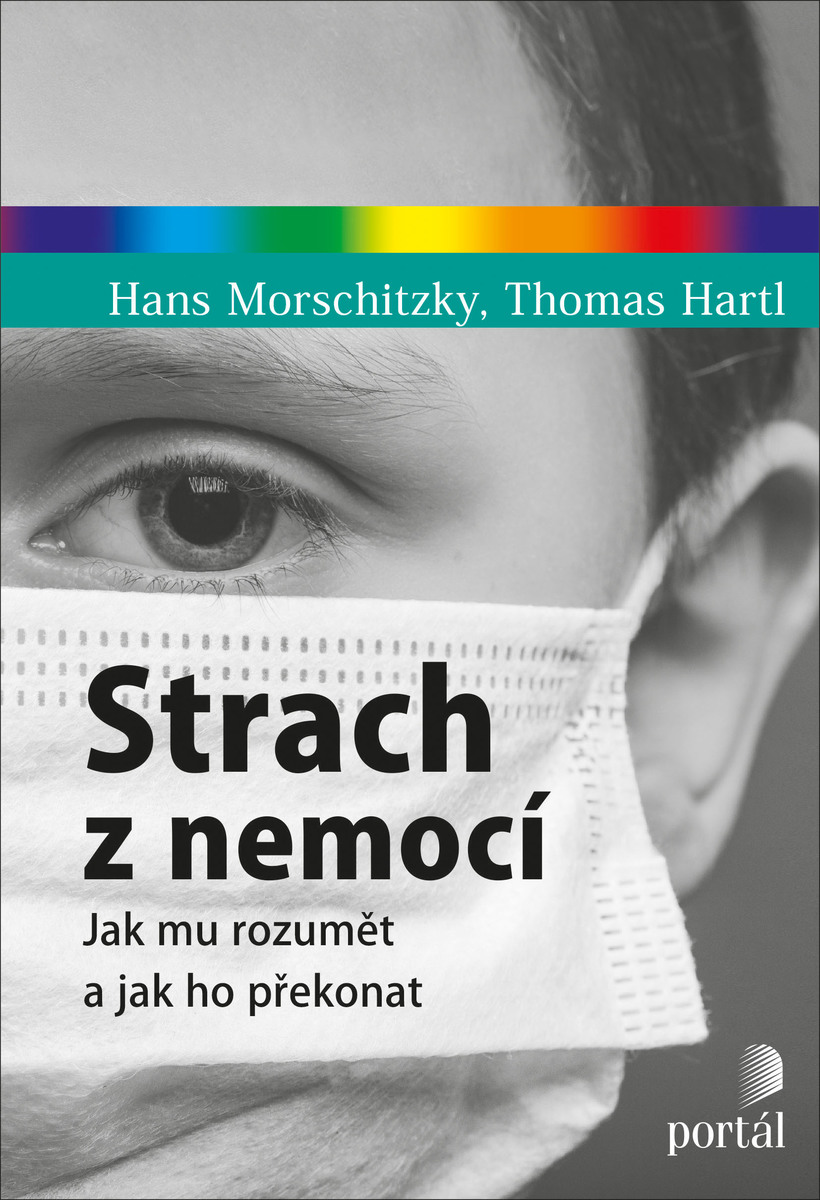
Z redakce
Nové předplatné pro rok 2021 Zemřel doc. PhDr. Pavel Hartl Advent plný dárků a překvapení YouTube kanál časopisu Sekce „Koronavirus v sociální práci“ opět spuštěna Vyšlo číslo 5/2020 „Síťování v sociální práci“
Přednášky on-line

Volná místa
Sociální pracovník (Moravská Třebová) Sociální pracovník / pracovnice (Nymburk) Vedoucí odd. kurátorů pro mládež (Praha) Kontaktní pracovník / pracovnice (Pardubice) Sociální pracovník (Hřebeč – Kladno) Odborný sociální pracovník (Liberec)
Čísla
Archiv čísel » 2018/4 - ERIS Journal - Summer 2018 »
Civil and Forensic Patients: Comparing Demographics, Risk Factors, and Negative Life Events
Julie Anne Laser-Maira, Granger Petersen, Haily Stephens, Donna Michelle Peach
Medailon autora:
Dr. Julie Anne Laser-Maira is an Associate Professor at the Graduate School of Social Work at
the University of Denver, USA.
Dr. Granger Petersen is a Statistician II at the Colorado Mental Health Institutes, USA.
Haily Stephens is an undergraduate student in Bio-Chemistry at the University of Denver, USA.
Dr. Donna Peach is a Lecturer in Social Work at the University of Salford, UK.
Abstrakt:
OBJECTIVES: This investigation centres on how the mentally ill with a forensic admission compare to the mentally ill with a civil admission, and investigates who inpatients with a forensic and civil admission are, and how the risk factors and negative historical events they have experienced compare or differ. THEORETICAL BASE: Using a risk and resilience framework, risk factors that are deleterious to healthy development are used as variables. METHODS: The records of all adult inpatients both forensic and civil, aged 18 to 89 at admission in two U.S. mountain region public psychiatric hospitals were included in the sample (n=1768). All patients are assessed using the Colorado Clinical Assessment Record (CCAR) which, measures a diverse set of variables including Current Issues, History of Issues, Demographics, and Disabilities. OUTCOMES: Civil and forensic patients have more in common than differences. Both samples compare more closely to risk factors and negative historical events than they do to the general population. However, this begins to break down once the sample is separated by gender. SOCIAL WORK IMPLICATIONS: Social Workers who work in prison systems need to become more familiar with mental illness interventions. Additionally, social workers should both educate law enforcement about de-escalation tactics with the mentally ill and intervene on mental health related police calls. On the macro level, social workers should advocate for the mentally ill to be housed in psychiatric hospitals rather than be imprisoned where they will often not receive inpatient psychiatric care.
Klíčová slova:
civil, forensic, inpatient psychiatric hospitals, gender, risk factors
s. 76 - 86
Podobné články
 Empowering Youth At-Risk in School Through Participatory Methods of Work Developed Within the FYS-Forums Project – Research Findings
Empowering Youth At-Risk in School Through Participatory Methods of Work Developed Within the FYS-Forums Project – Research Findings Child Protection and Gender-Based Violence: How to Prevent the Risk of Secondary Victimization
Child Protection and Gender-Based Violence: How to Prevent the Risk of Secondary Victimization Multidisciplinární pohled na proces přípravy reintegrace odsouzených ve výstupních oddílech v českém penitenciárním prostředí
Multidisciplinární pohled na proces přípravy reintegrace odsouzených ve výstupních oddílech v českém penitenciárním prostředí Aktuálně diskutovaná témata feministického přístupu v psychologii
Aktuálně diskutovaná témata feministického přístupu v psychologii Genderové aspekty v sociální práci s rodinou – implikace pro vzdělávání
Genderové aspekty v sociální práci s rodinou – implikace pro vzdělávání

Vyhledávání



Debata
Co si myslíte o novém koaličním návrhu na zálohované výživné?
Poslední komentáře:
Nenalezen žádný komentář.Ediční plán
6/2020 – Evaluace v sociální práci 1/2021 – ERIS Journal - Winter 2021 - Forced Migration and Minority Groups 2/2021 – Raná péče a sociální práce 3/2021 – Metody sociální práce 4/2021 – ERIS Journal - Summer 2021 - Histories of social work













